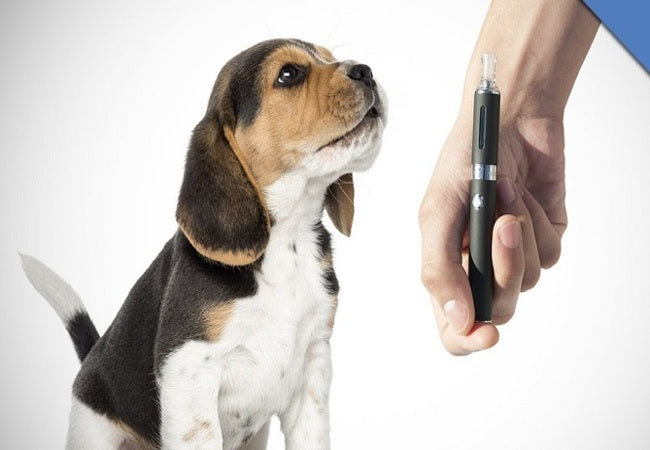Vaping Risks for Pets: 2025 Vet-Approved Safety Guide 🚬🐕

In this article
🚭🐾 Vaping & Pets: Why It’s Risky and How to Keep Them Safe in 2025
By Dr. Duncan Houston BVSc
While often considered safer than cigarettes for humans, vaping carries real dangers for pets. The aerosol contains nicotine and other chemicals—like propylene glycol, heavy metals, flavorings, and even THC—that can irritate lungs, poison them if ingested, and pose long‑term risks. Here's the vet‑approved guidance to protect your furry family! 🐶🩺
1️⃣ Why Vaping Harms Pets
- Nicotine toxicity: Rapid acting and dangerous—even small exposures may cause vomiting, drooling, tremors, seizures, weakness, arrhythmias, or collapse.
- Secondhand aerosol hazards: Contains propylene glycol, aldehydes, metals, and ultrafine particles, which pets inhale more deeply due to higher breathing rates.
- Long-term exposure risks: Could increase cancer risk and respiratory issues similar to secondhand smoke; formaldehyde and other toxins present.
- Ingestion dangers: Pets chewing devices or spilled liquid can suffer nicotine overdose, GI injury, battery burns, or xylitol poisoning.
2️⃣ Warning Signs to Watch For
- Vomiting, diarrhea, drooling
- Increased heart rate, lowered blood pressure
- Weakness, tremors, seizures
- Respiratory distress or coughing
- Personality changes or depression.
3️⃣ Immediate Steps If Exposure Occurs
- Remove the pet from the area and wipe any residue from fur.
- Do not try home remedies—contact your veterinarian or a poison hotline right away.
- Bring the vape device, juice container, or packaging to the vet for dosing information.
- Treatment may involve activated charcoal, IV fluids, seizure control, and supportive care.
4️⃣ How to Keep Pets Safe Around Vaping
- Always vape away from pets—ideally outdoors.
- Secure vape devices and liquids in high or locked storage.
- Wash your hands and change clothes after vaping before handling pets.
- Use air purifiers and ventilate well indoors—but don’t rely on ventilation alone.
- Regularly clean pet bedding, toys, and surfaces to remove residue.
5️⃣ Should You Vape with Pets in the Home?
Because research is limited but concerning, the safest approach is to avoid vaping around pets entirely. It’s about prioritizing their lungs and well‑being. If quitting vaping isn't on the table, smoke-free zones and secure storage are critical steps in 2025. 🚫🐶
📊 Quick Safety Table
| Concern | Risk | Prevention |
|---|---|---|
| Secondhand vapor | Irritation, toxin exposure | Vape outside, ventilate, air purifiers |
| Nicotine ingestion | Poisoning, seizure, death | Secure storage, immediate vet care |
| Aerosol residue | Carcinogen buildup, respiratory risk | Clean surfaces, wash bedding/clothes |
| Device ingestion | GI block, chemical/battery burn | Store well, supervise storage areas |
🔍 Final Thoughts
Vaping and pets don’t mix: nicotine, chemicals, and devices pose real threats to their health. Keep devices and juice away, vape outside, and act fast if exposure occurs. In 2025, clean air and pet safety go hand in paw. 🐕❤️
Need advice on symptoms, detox steps, or quitting support? Download the Ask A Vet app for immediate guidance and tailored care strategies anytime. 📱🐾






